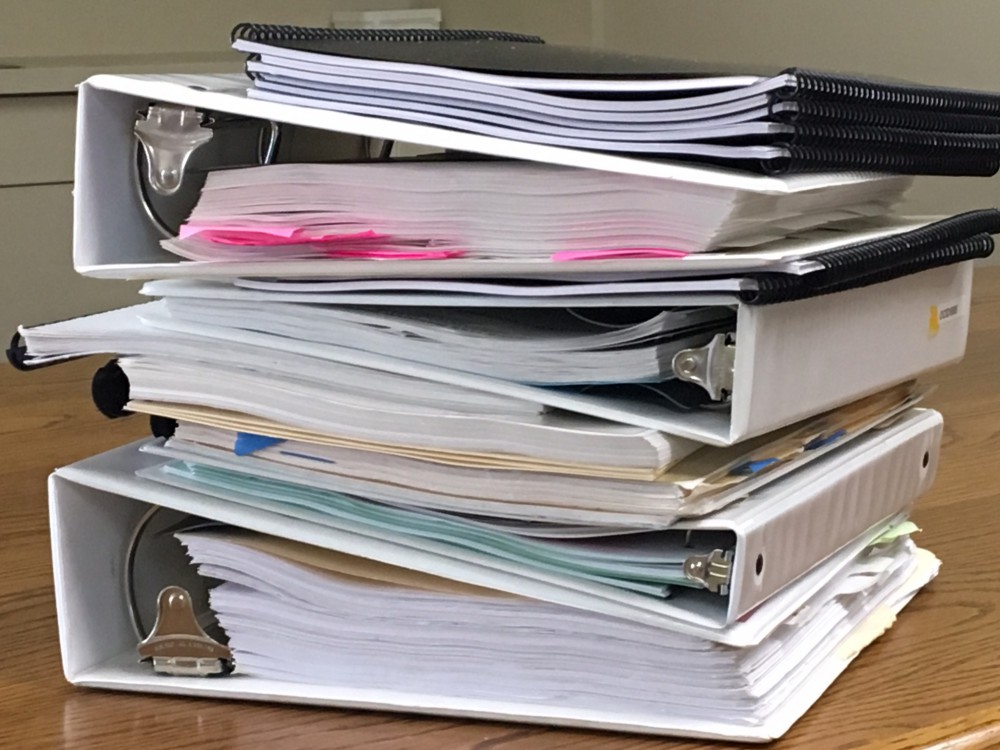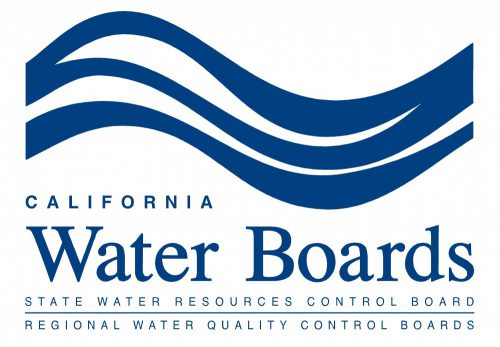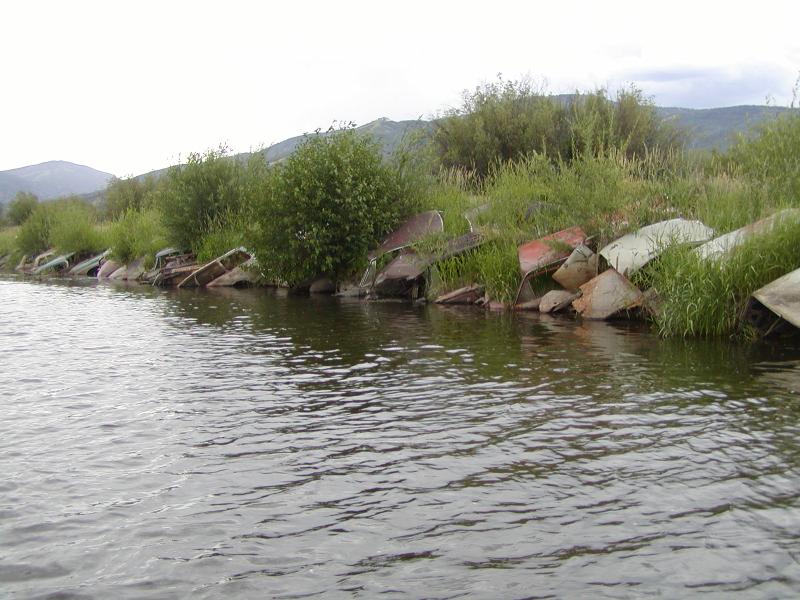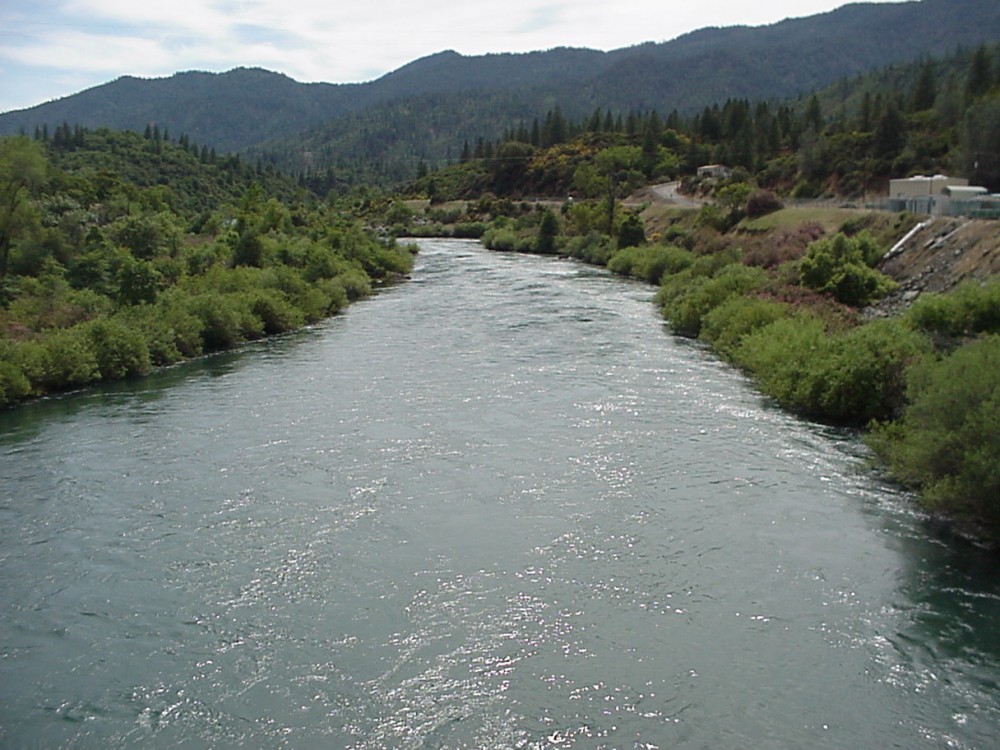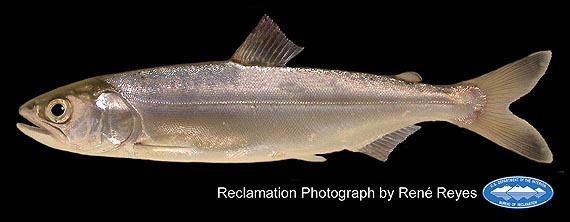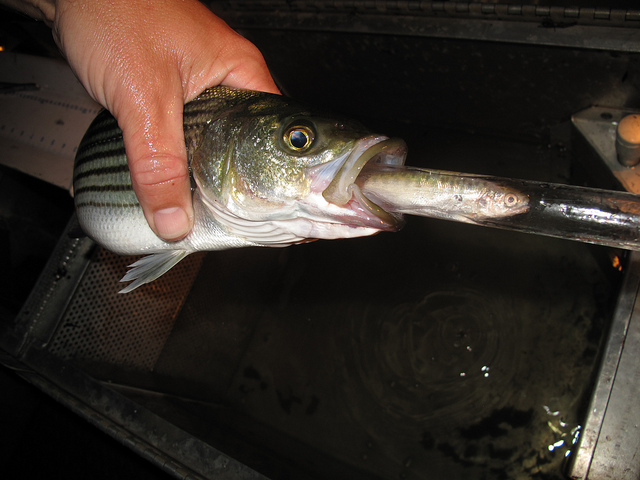Water: Time for a Fresh Look at What Works, What Doesn’t and What to Do About It For decades, California has been stuck in a Groundhog-Day-like water debate that pits fish and the environment against humans, farms and other water needs. Presented as a zero-sum game, we are told it is necessary for one set […]
No Chicken Little, the Sky is Not Falling
No Chicken Little, the Sky is Not Falling A quick scan of California news over the last few weeks could lead the casual reader to conclude that smelt, salmon and other species are days from extinction and the only thing that will save them is taking water from people, farms and other environmental uses and […]
Updating the Bay-Delta Water Quality Control Plan
SWRCB updating Bay-Delta Water Quality Plan and SED In 2016, California’s State Water Resources Control Board (SWRCB) began the process of updating the Bay-Delta Water Quality Control Plan. The public comment period officially closed at noon on March 17. (Read CFWC’s comment letter here.) During that time, loud and sustained objections to the proposed policy have […]
Reactions to State Board Unimpaired Flows Action
Reactions to State Board Unimpaired Flows Action On September 15, the State Water Resources Control Board released an updated proposal for the Bay Delta Water Quality Plan, expanding the pursuit of increased flow in it’s approach for addressing species decline in the Sacramento-San Joaquin River system. “If implemented, the State Water Board’s rule will have […]
Response to the State Water Control Board’s Water Quality Control Plan
The State Water Resources Control Board has released its Water Quality Control Plan which, if implemented, will cause significant harm to California residents without quantifying any specific environmental benefits. In taking this step, Felicia Marcus, the Board’s Chairwoman noted that San Joaquin River flows have not been updated since 1995. We fully agree it’s time that state […]
Statement on the upcoming release of proposed flow standards for tributaries to the San Joaquin River
Statement by California Farm Water Coalition Executive Director Mike Wade on the upcoming release of proposed flow standards for tributaries to the San Joaquin River California officials are on the verge of releasing new water regulations that would cause significant harm to California residents without quantifying any specific environmental benefits. The State Water Resources Control […]
Farmers helping fish
There has been considerable conflict lately between water users and fishery managers over the operation of the Sacramento-San Joaquin Delta. Biological opinions dating back to 2008 and 2009 have wreaked havoc on water supplies for farms, homes and businesses in the San Joaquin Valley and Southern California. Between December 1, 2015 and April 4, 2016, […]
Many Delta Stressors Impacting Delta Smelt and Delta Health
There are far bigger issues affecting the Delta than water exports and returning to a time prior to Western development is unrealistic. To describe the Delta as altered is to say that New York City is populous or California water politics contentious. Since the 19th century when locals began to reclaim the marshlands, dike the […]
